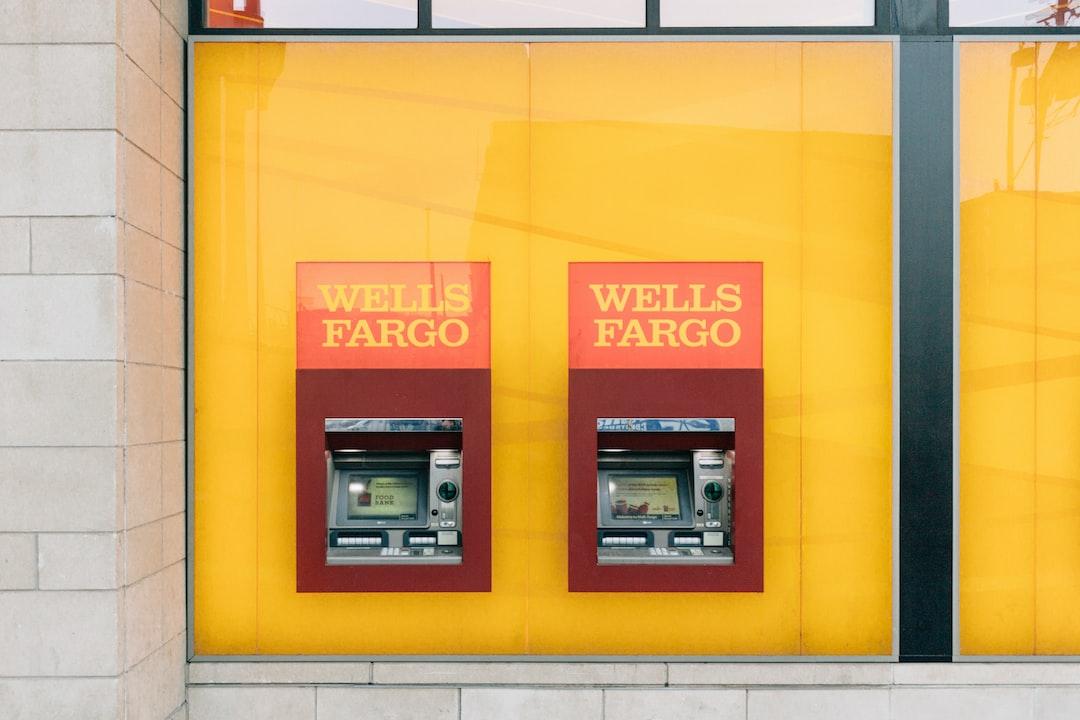The halving of Bitcoin is a significant event in the cryptocurrency market that highlights its scarcity and positions it as a valuable asset akin to real estate and gold. The most recent halving, which took place on April 19th, has sparked the interest of investors and analysts, prompting discussions about its impact on the market and the future of Bitcoin.
Bitcoin halving occurs approximately every four years or after 210 thousand new blocks have been mined on the blockchain. During this event, the reward for miners who mine new blocks is reduced by half. This reduction in block rewards effectively decreases the number of new bitcoins generated each time. As a result, the system now operates on a deflationary mechanism. Bitcoin has undergone four halvings thus far, with the most recent one reducing the reward per block from 6.25 Bitcoin to 3.125.
The reduction in Bitcoin supply due to halving is one of the key factors that sets it apart from other assets. Bitcoin competes directly with precious metals in terms of limited availability. With only 21 million Bitcoins that can ever be in circulation, Bitcoin has become increasingly attractive as a store of value. Each halving brings the cryptocurrency closer to reaching its ultimate limit of Bitcoins.
Historical data shows that the price of Bitcoin has consistently increased following each halving event. In fact, Bitcoin’s price more than doubled compared to the 19% increase in the price of gold, indicating its superior performance. This trend has continued in 2024, with Bitcoin outperforming gold by 51% year-to-date. These figures demonstrate that the market is increasingly trusting Bitcoin not just as a means of payment but also as a store of value.
While traditional assets like precious metals and real estate have long been favored by investors seeking a store of value, the digital era calls for more liquid assets that facilitate faster transactions. Bitcoin fits this bill as a virtual asset, offering speed and cost-effectiveness in transactions without the limitations of physical movement.
The halving principle ensures that the number of newly produced coins and their entry into circulation will continue to decrease over time. Eventually, mining will cease altogether once 21 million bitcoins have been produced, which is expected to occur around the year 2140. With a more limited supply, Bitcoin’s deflationary nature is expected to drive up its value and make it an attractive long-term investment.
Each halving event further strengthens Bitcoin’s position against traditional assets. It attracts more capital from investors seeking assets that retain value while also offering the benefits of instant transfers and liquidity. As the world becomes increasingly digital, the planned scarcity of Bitcoin and its impact will remain an important part of the financial landscape.

